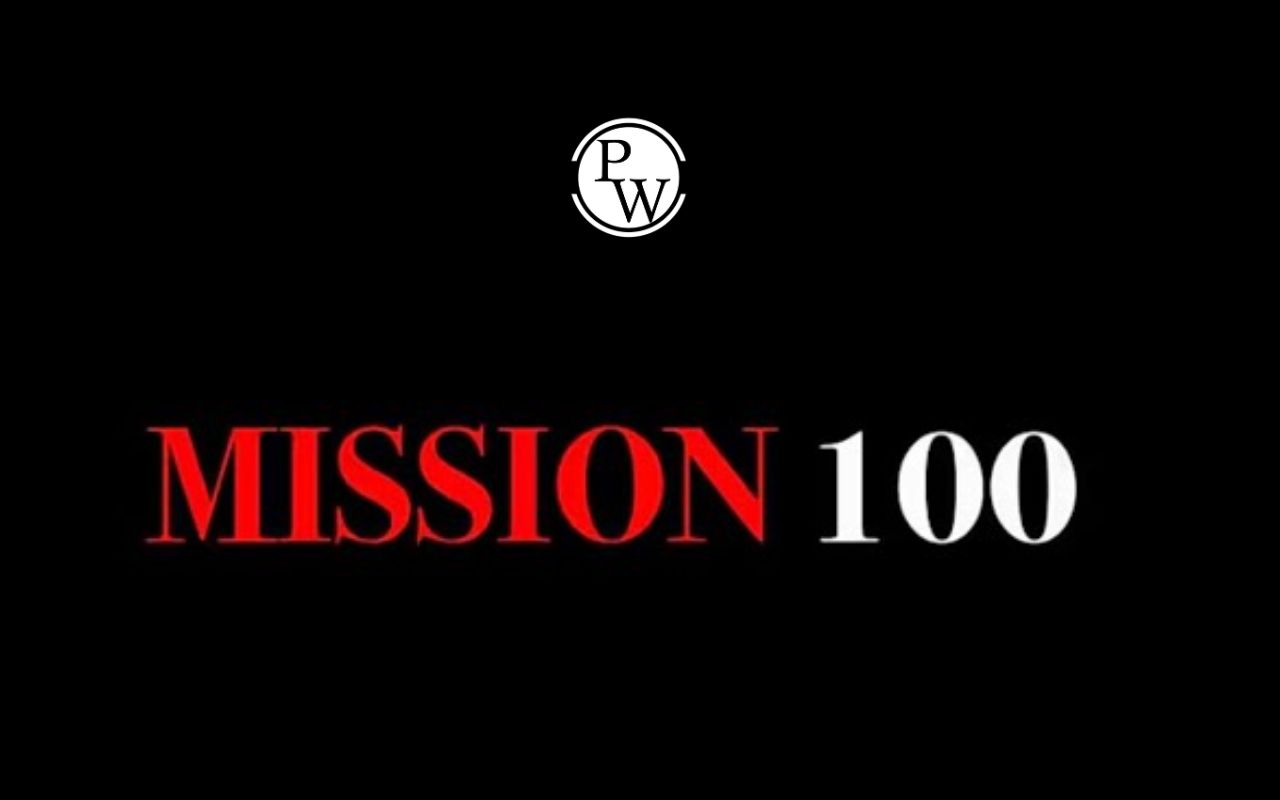
Difference between Heart Attack and Cardiac Arrest: Understanding the fundamentals and symptoms of a heart attack and cardiac arrest is essential for differentiating the two. A heart attack occurs when the blood supply is interrupted, causing a section of the heart to stop beating and gradually weaken. In contrast, cardiac arrest is a more severe condition in which the heart completely stops beating, causing the person to collapse. Heart attacks are typically caused by a decrease in blood flow to the heart, which often begins on the underside. The difference between heart attack and cardiac arrest is of utmost significance, as it guides appropriate responses. Refer to the article below for detailed information on the difference between heart attack and cardiac arrest.
| NEET Biology Syllabus | NEET Biology Diagrams |
| NEET Biology MCQ | NEET Biology Chapter wise Weightage |
| NEET Biology Notes | NEET Previous Year Question papers |
Difference between Heart Attack and Cardiac Arrest Overview
Perhaps the most common source of confusion is the difference between heart attack and cardiac arrest. A heart attack (also known as a myocardial infarction or MI) is defined as damage to a portion of the heart muscle caused by insufficient blood flow to the area. This is most commonly caused by a blockage in one of the heart's arteries. Such blockages, known as type 1 heart attacks, are typically caused by the rupture of cholesterol-laden plaque lining an artery. A clot forms, blocking the vessel.
A heart attack is a plumbing problem, whereas a cardiac arrest is an electrical issue. Cardiac arrest occurs when the heart's electrical system fails, causing it to beat rapidly and chaotically—or stop beating entirely. Without blood flowing to the brain, lungs, and other organs, the person gasps, stops breathing, and becomes unresponsive in seconds.
Heart attacks are a common cause of cardiac arrest, but the majority of them do not result in cardiac arrest. Other possible causes of cardiac arrest include heart failure, a pulmonary clot, a severe imbalance of potassium, magnesium, or other minerals in the blood, a drug overdose, or a chest blow.
Difference between Heart Attack and Cardiac Arrest
Many individuals commonly assume that a heart attack and a cardiac arrest are synonymous, but this is a misconception. To ascertain the difference between heart attack and cardiac arrest, it is imperative to comprehend the discrete phenomena associated with each event initially. The subsequent table delineates the difference between heart attack and cardiac arrest:
| Difference Between Heart Attack and Cardiac Arrest | ||
| Comparison Basis | Heart Attack | Cardiac Arrest |
| Meaning | Occurs when a blocked artery prevents oxygen-rich blood to a part of the heart. | Sudden loss of heart function in a person, with or without a heart disease diagnosis. |
| Reason | Results from obstructed blood flow to the heart. | Occurs when the heart malfunctions and unexpectedly stops beating. |
| Symptoms | Chest pain, shortness of breath, cold sweat, coughing, and wheezing. | Unconsciousness, shortness of breath, and absence of pulse. |
| Cause | Blood clots forming in the arteries. | Ventricular fibrillation. |
| Common in | Smokers and individuals with unhealthy diets. | Overweight individuals and those who do not exercise regularly. |
| Link | Heart attacks do not lead to cardiac arrest. | A heart attack is a common trigger for cardiac arrest. |
| Action | Call emergency services, take aspirin (if allowed), start CPR (if unconscious). | Call emergency services, start CPR, use AED. |
Heart Attack
A heart attack arises from an issue with the heart's vascular system. During this condition, one or more arteries that supply blood to the heart's tissue become obstructed or constricted. As a result, less blood flow and thus less oxygen reach the heart muscle, causing damage and potential death in the affected area.
The blockage in the artery may be caused by the accumulation of fat and cholesterol, which forms a plaque. It can also be triggered by a severe spasm in the artery wall, which causes a temporary narrowing and restriction of blood flow to the heart muscle.
Even during a heart attack, the heart usually continues to beat. Common symptoms include chest pain and tightness, which can spread to the arm, jaw, neck, or back. Other symptoms include difficulty breathing, coughing, wheezing, nausea, anxiety, and the sensation of being faint.
While chest pain is the most common symptom, not all symptoms will appear in every case, as heart attacks present differently. Understanding all warning signs is critical, as they are not universally recognised. Consider further exploration for more information on heart attack warning signs and obtaining or downloading an action plan for responding to these signs.
Cardiac Arrest
Cardiac arrest, characterized by an abrupt loss of heart function, often occurs unexpectedly. Triggered by an electrical disturbance within the heart, it results in an irregular heartbeat known as arrhythmia. This disrupts the heart's ability to effectively pump blood, leading to a cessation of blood circulation to vital organs like the brain and lungs. Consequently, the affected individual rapidly loses consciousness and experiences a lack of pulse. Unless prompt and appropriate medical intervention is administered, death can occur within a matter of minutes.
During a cardiac arrest, quick action is essential. Call emergency services right away and, if possible, use an AED. Start CPR immediately, and keep going until help arrives. Acting fast with Hands-On CPR can save many lives.
Physics Wallah offers top-notch NEET online coaching by highly experienced physics, chemistry, and biology teachers. It is a leading choice for NEET exam preparation, committed to providing effective coaching and helping aspirants excel.
Physics Wallah provides a variety of NEET online courses that can help candidates prepare for the NEET exam. Our NEET Online Coaching program includes regular assessments, mock tests, and doubt-clearing sessions.
Difference between Heart Attack and Cardiac Arrest FAQs
Which is more severe, a heart attack or a cardiac arrest?
Is a cardiac arrest painful?
What is the main reason for cardiac arrest?
At what age does cardiac arrest happen?
Can you survive a cardiac arrest?










